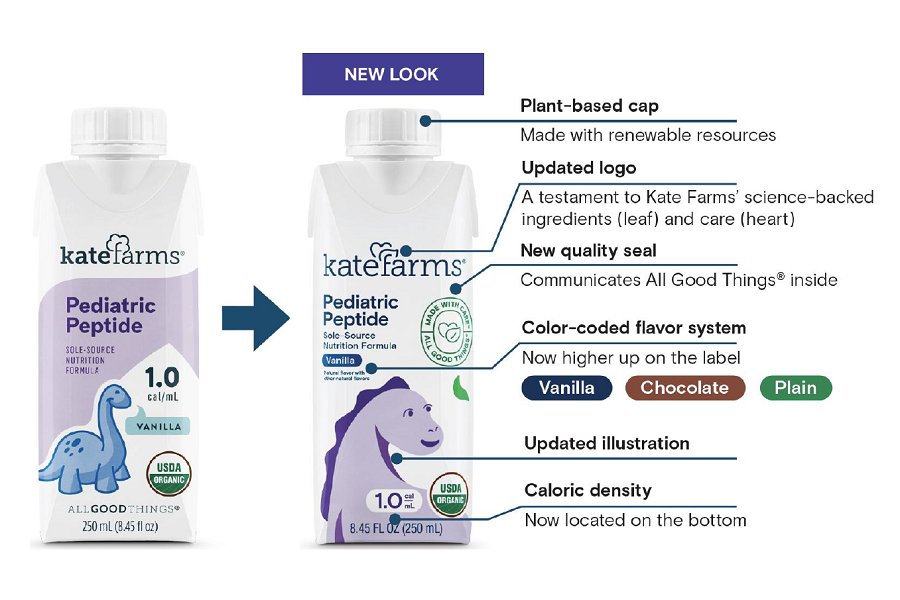What is the Food Allergy Safety, Treatment, Education, and Research Act of 2021?
On April 23, 2021, President Biden signed a new food allergy bill into law: the Food Allergy Safety, Treatment, Education, and Research (or FASTER) Act of 2021. The FASTER Act adds sesame to the list of major food allergens identified in the Federal Food, Drug, and Cosmetic Act (FD&C Act) effective January 1, 2023. This will mean that sesame must be labeled as a major food allergen on all packaged foods regulated by the U.S. Food and Drug Administration (FDA) beginning January 1, 2023.
A History of Food Allergen Labeling
In 2004, the Food Allergen Labeling and Consumer Protection Act (FALCPA), identified the following foods as major food allergens:
- Milk
- Eggs
- Fish
- Shellfish
- Tree nuts (e.g., almonds, walnuts, pecans)
- Peanuts
- Wheat
- Soybeans
While more than 160 foods are known to cause food allergies in sensitive individuals, the eight major food allergens identified by FALCPA accounted for over 90 percent of documented food allergies and serious allergic reactions in the U.S. in 2004. At the time, they represented the foods most likely to result in severe or life-threatening reactions.
FALCPA also amended the FD&C Act to require that foods, including dietary supplements, or ingredients that contain a “major food allergen” be specifically labeled with the name of the allergen source. This requirement does not apply to certain meat, poultry, and egg products which are regulated by the U.S. Department of Agriculture; alcoholic beverages subject to Alcohol and Tobacco Tax and Trade Bureau labeling regulations; raw agricultural commodities; drugs; cosmetics; and foods sold at retail or food service locations that are not pre-packaged.
Sesame Identified as Major Food Allergen
Now that the FASTER Act has identified sesame as a major food allergen, sesame – or an ingredient that contains protein derived from it – will have to be clearly labeled beginning January 1, 2023.
The FD&C Act requires that food labels identify the food source of all major food allergens used to make the product. This requirement is met if the common name of an ingredient already identifies the allergen-causing food (in this case, “sesame”, or “sesame paste”). Otherwise, the major food allergen’s food source must be declared at least once on the food label in one of two ways:
- In parentheses following the name of the ingredient, for example, “natural flavor (sesame)” and “tahini (sesame),” or,
- Immediately after or next to the list of ingredients in a “contains” statement, for example, “Contains sesame.”
FASTER Act Requirements
The FASTER Act also requires that within 18 months, the Secretary of Health and Human Services submit a report to Congress that describes ongoing Federal activities – and recommendations and strategies to expand, enhance, or improve them – related to:
- Surveillance and collection of data on the prevalence of food allergies and severity of allergic reactions for specific food or food ingredients, including the identification of any gaps in such activities
- Development of effective food allergy diagnostics
- Prevention of the onset of food allergies
- Reduction of risks related to living with food allergies, and
- Development of new therapeutics to prevent, treat, cure, and manage food allergies;
The Congressional report must include recommendations for the development and implementation of a regulatory process and scientific framework that would allow for the timely, transparent, and evidence-based modification of the definition of “major food allergen.”























